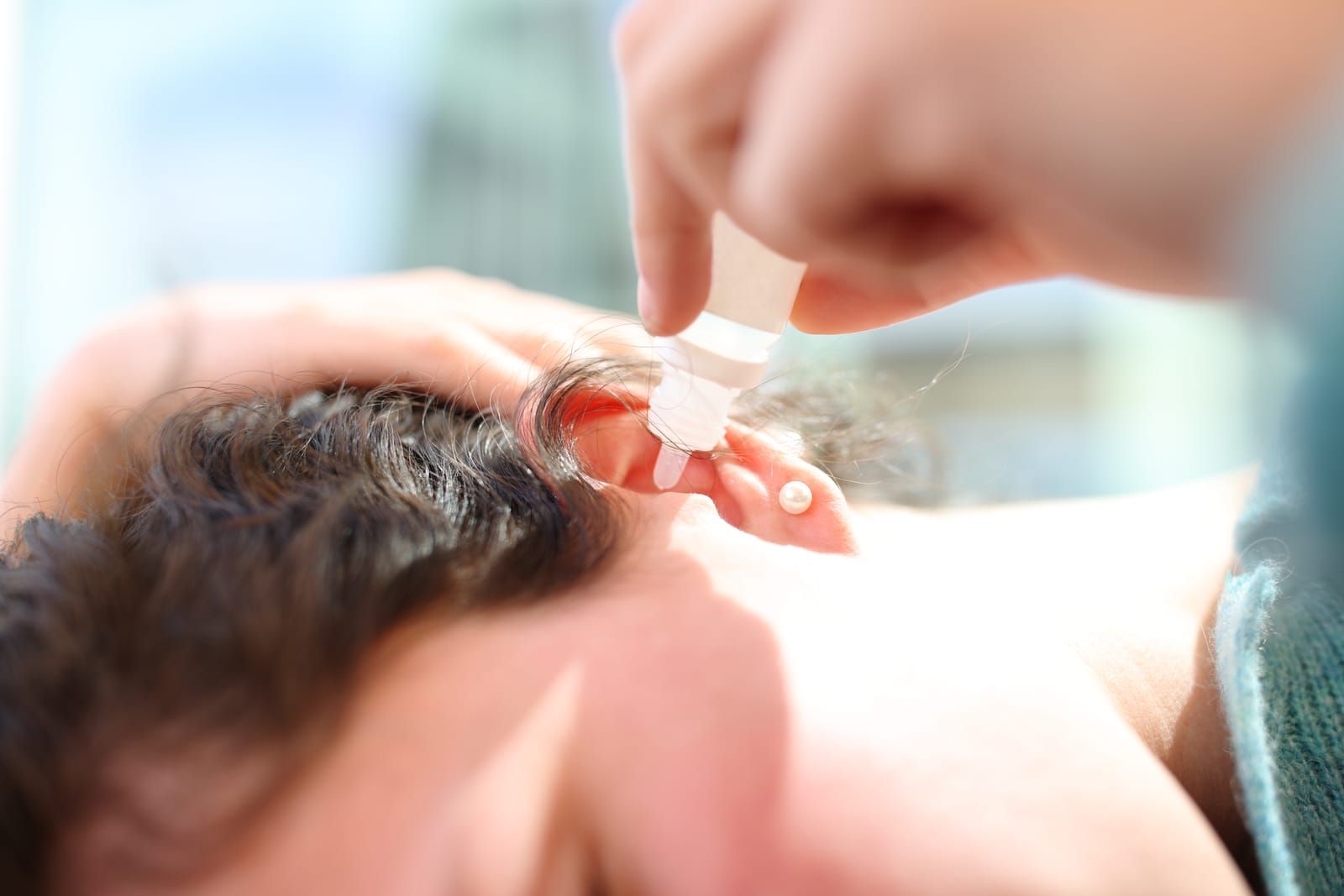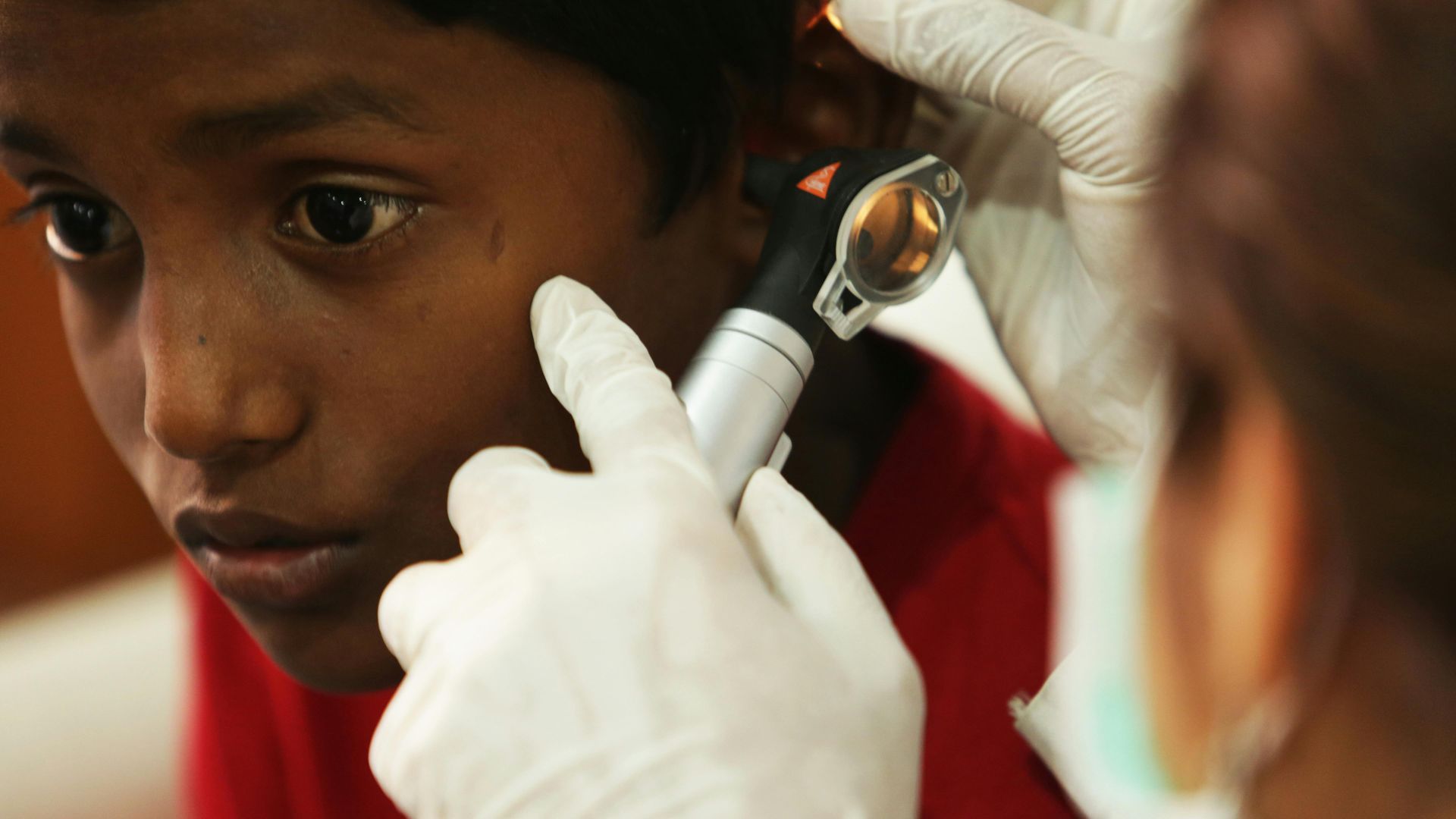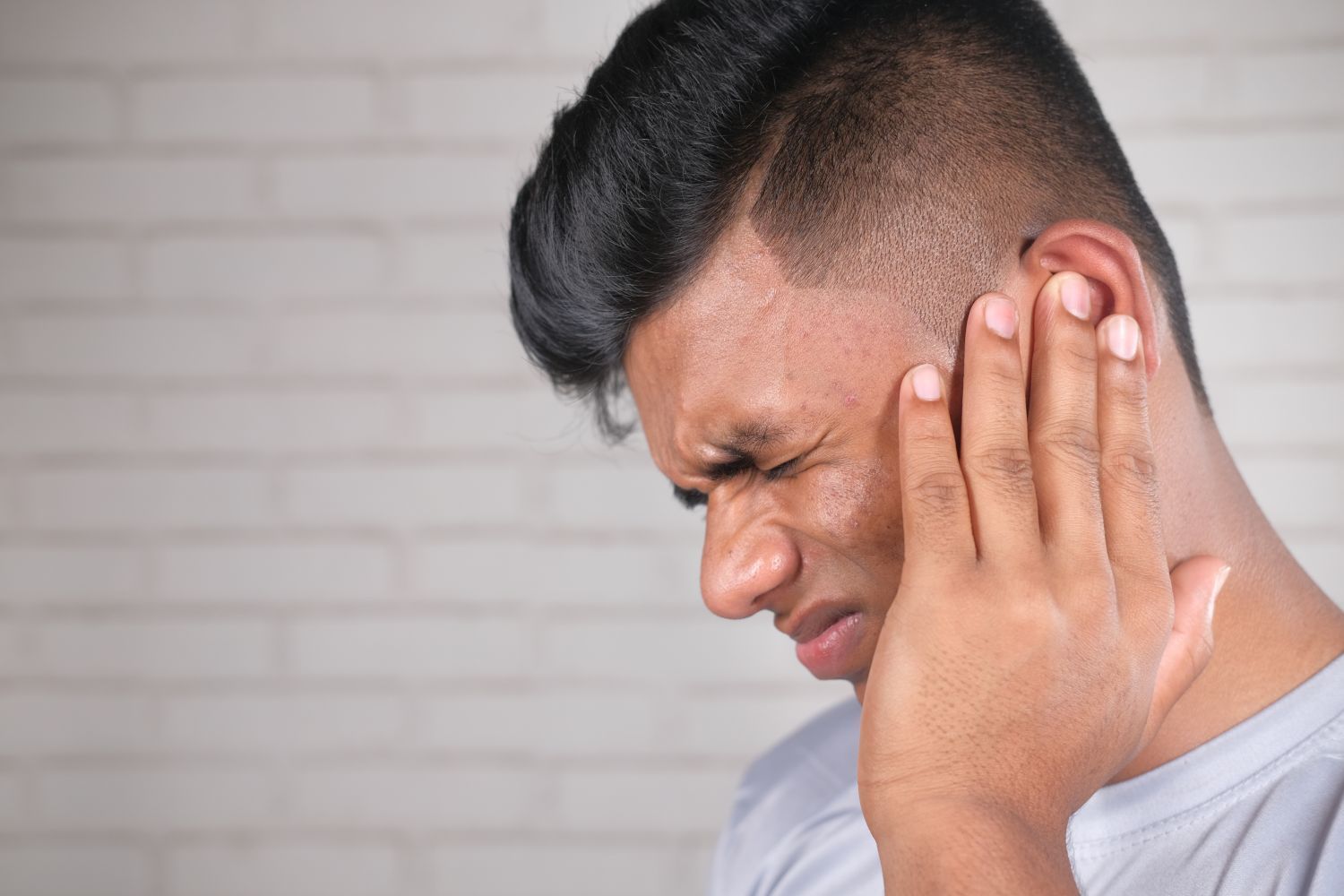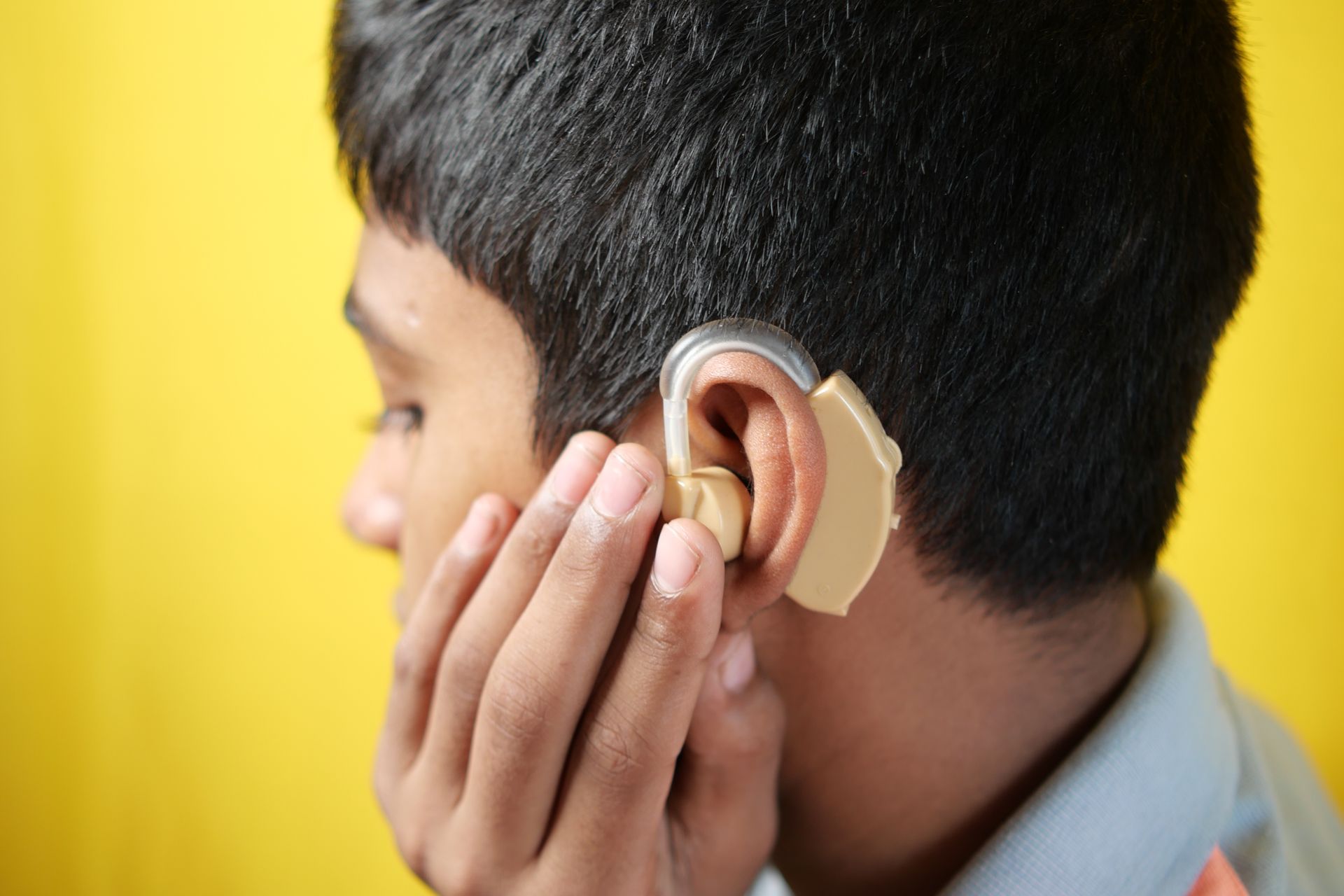What is Cauliflower Ear?
Curious about cauliflower ear? Also known as wrestler's ear, cauliflower ear is a condition that occurs when the external portion of the ear becomes swollen and deformed. It is commonly seen in individuals who participate in contact sports such as boxing, wrestling, and rugby, where repeated trauma to the ear can lead to the formation of blood clots.
What causes and how does cauliflower ear develop?
The primary cause of cauliflower ear is a direct blow or repeated trauma to the ear, which disrupts the blood supply to the cartilage and results in the accumulation of blood or fluid in the space between the cartilage and skin. The presence of blood in the injured area triggers the formation of a blood clot. Over time, the clot can harden and deform the ear's shape, giving it the cauliflower-like appearance. If left untreated, the scarring can cause permanent deformity.
Cauliflower ear can also occur from untreated or improperly treated auricular hematomas, where the accumulation of blood or fluid is not drained and allowed to heal naturally. It is important to seek medical attention promptly if there is any sign of ear trauma to prevent the development of cauliflower ear.
Symptoms of Cauliflower Ear
The symptoms of cauliflower ear include:
- Visible swelling: The affected ear may appear swollen and puffy due to the accumulation of blood or fluid.
- Redness and tenderness: The area around the ear may appear red and feel tender to the touch.
- Pain or discomfort: Cauliflower ear can cause varying degrees of pain or discomfort.
- Deformity and Discoloration: The outer ear may become misshapen, resembling a cauliflower. The discoloration may range from red, purple, or blue, depending on the severity of the injury.
- Reduced hearing: In some cases, individuals may experience decreased hearing due to the accumulation of fluid or pressure on the ear canal.
Treatment Options
Seeking prompt medical attention is essential when dealing with cauliflower ear. Treatment options may vary depending on the severity of the injury. Here are some common approaches:
- Draining: In the early stages, when fluid or blood has accumulated, a healthcare professional may drain it using a needle or syringe. This helps reduce swelling and prevent further complications.
- Compression: To prevent re-accumulation of fluid or blood, compression dressings or splints may be applied. This helps maintain pressure on the affected area and promote healing.
- Medication: In some cases, antibiotics may be prescribed to prevent infection if there is a break in the skin integrity or if infection is suspected.
- Surgical Intervention: If the condition has progressed and scar tissue has formed, surgery may be required to reshape and reconstruct the ear. This procedure aims to restore both form and function.
Prevention
Preventing cauliflower ear involves taking proactive measures to protect the ears during activities that pose a risk of injury. Here are some preventive strategies:
- Protective Gear: Wear appropriate protective headgear that covers and cushions the ears during contact sports or activities prone to ear trauma.
- Recognize Early Signs: Be aware of any symptoms such as pain, swelling, or tenderness in the ears after an injury. Seek medical attention promptly to prevent complications.
- Proper Technique: Learn and practice proper techniques in sports or activities to minimize unnecessary trauma to the ears.
- Rest and Recovery: Allow sufficient time for rest and recovery after an injury to promote healing and prevent further damage.
Complications Associated with Cauliflower Ear
Infection Risks
Besides ear pain, cauliflower ear can increase the risk of infection, especially if the blood and fluid are not properly drained. Infections can cause pain, redness, and swelling in the affected area. It is important to keep the ear clean and follow any post-treatment care instructions to minimize the possibility of infection.
Hearing and Balance Issues
In severe cases of cauliflower ear, the shape and structure of the ear can be significantly altered. This may affect the person's hearing and balance. The distorted shape of the ear can interfere with sound reception, leading to hearing problems. The imbalance caused by the weight of the affected ear can also affect a person's sense of balance.
Conclusion
Cauliflower ear is a unique condition that results from trauma to the external ear. Taking precautionary steps, such as wearing protective gear and seeking timely treatment for ear injuries, can significantly reduce the risk of developing cauliflower ear. Prompt medical attention and appropriate treatment are important as well in preventing the permanent deformity and complications.
If you have concerns regarding cauliflower ear or other ear problems, our team at ENT Medical and Surgical Group is available to answer any concerns you may have. Contact us to make an appointment for our top-notch audiology and other medical services.













